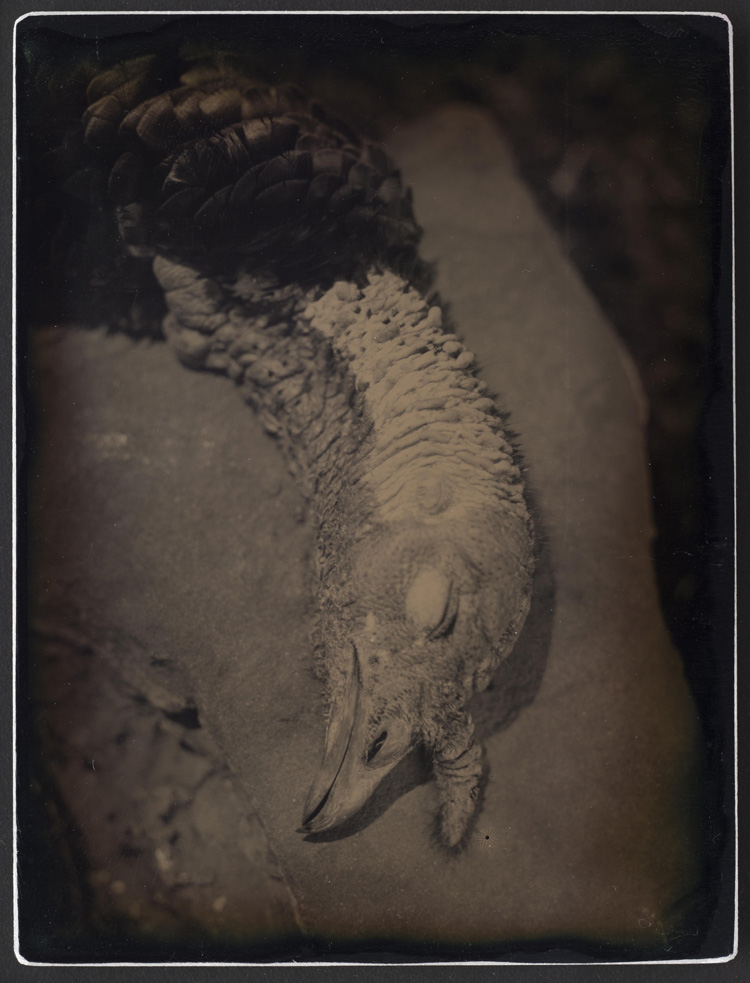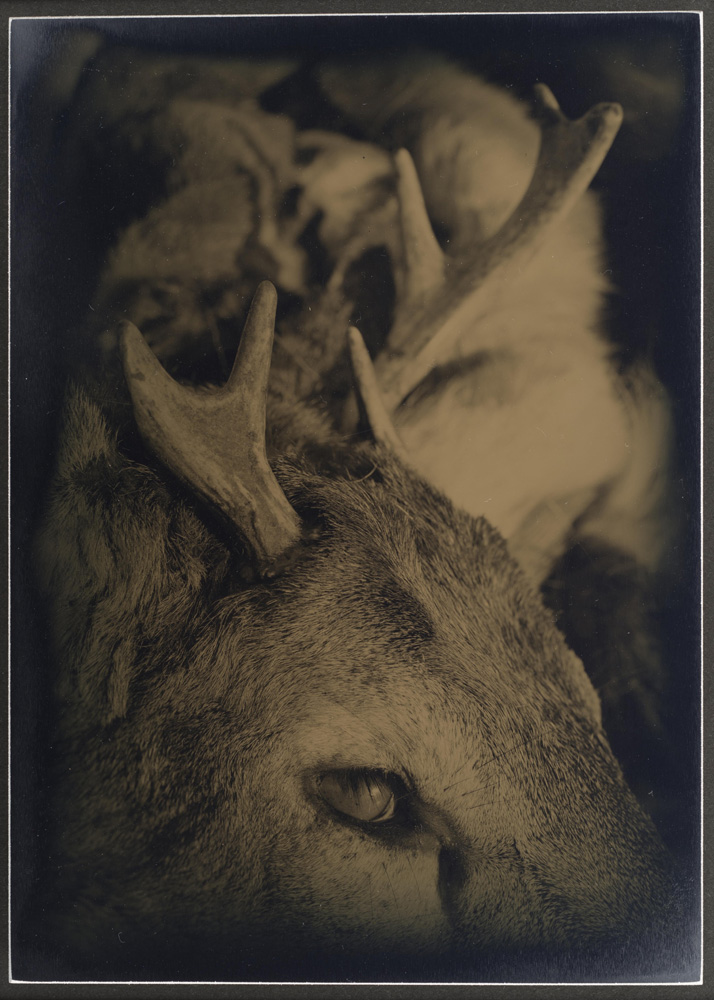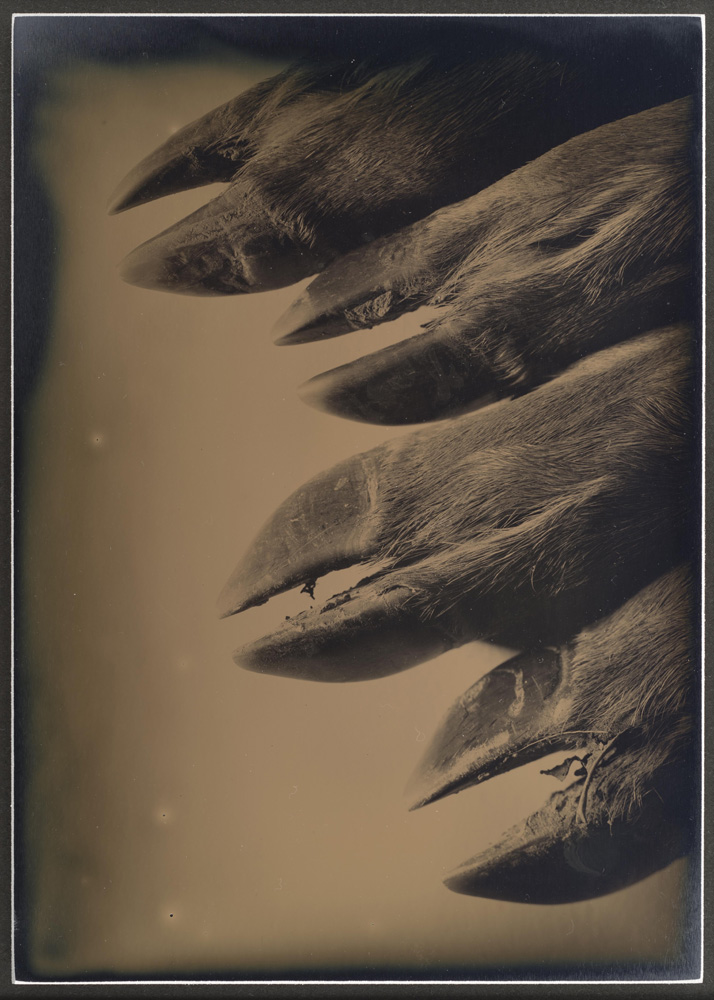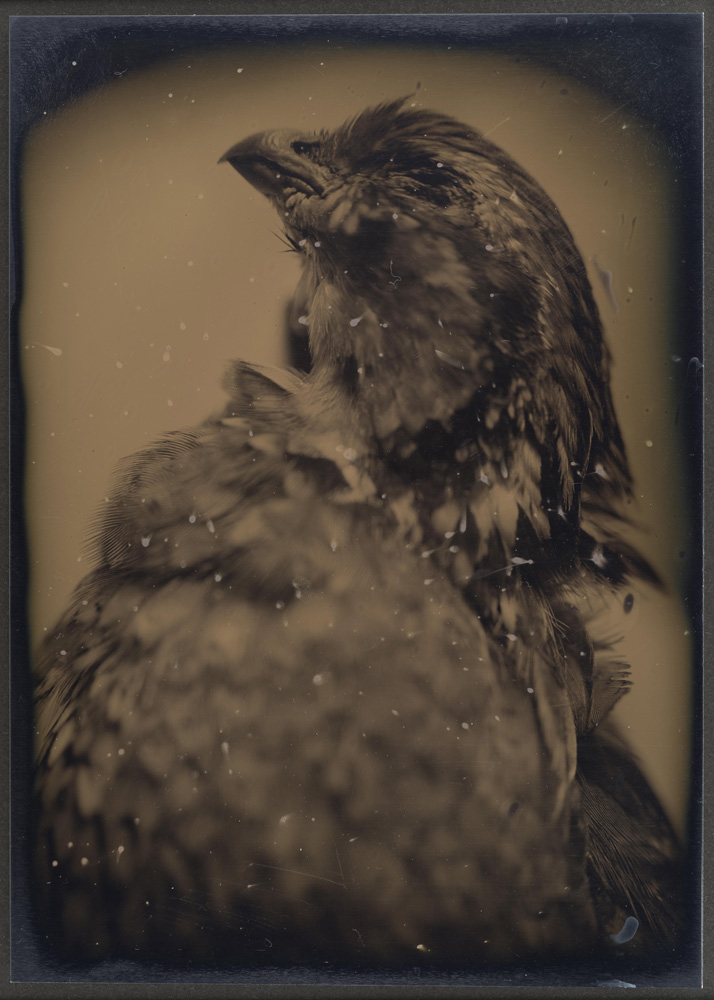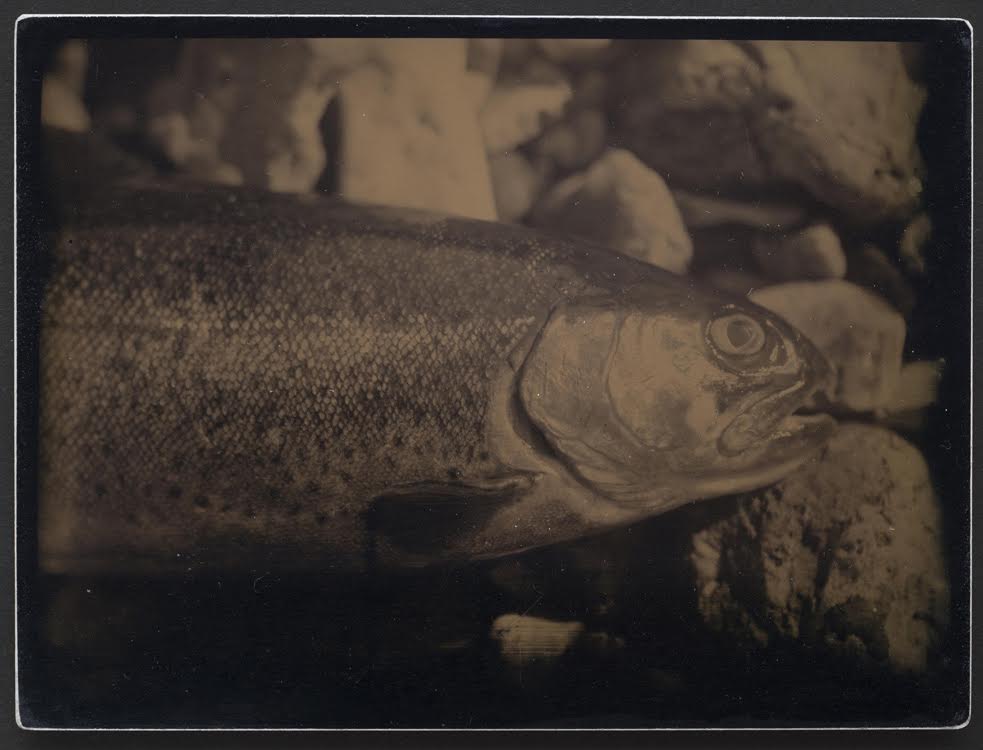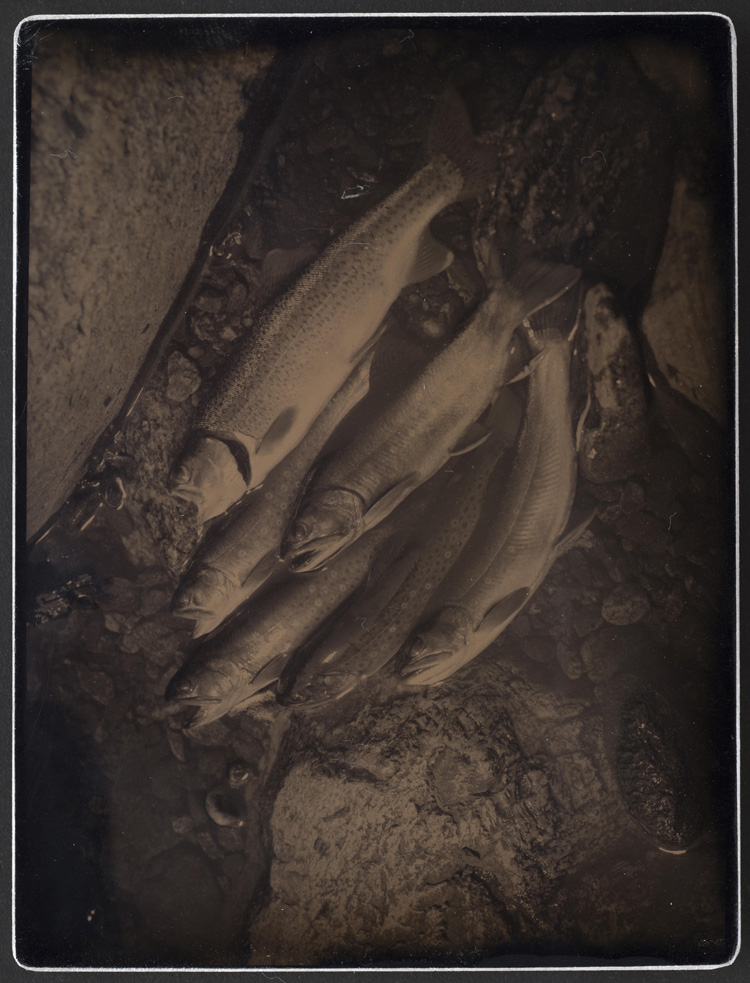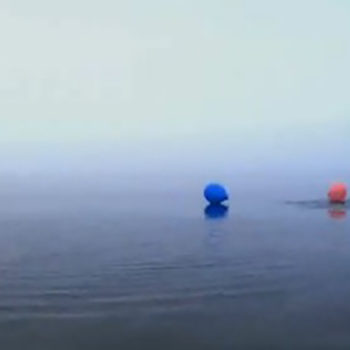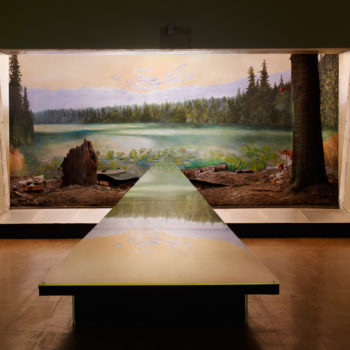I saw Larry Gawel’s work for the first time at an SPE conference in Lincoln, Nebraska. It was a collection of tintypes, so intimate and personal that they seemed to ask to be held in your hands. The subject matter can seem gruesome at first, but upon closer inspection, what Gawel has photographed are animals he has hunted, harvested, close-up and closed-eyed, communicating not a gory death–more like a peaceful sleep. There’s a reverence in the photographs made by Gawel, who identifies as a gardener, gatherer, hunter, and fisherman, and certainly feels rewarded by a close relationship with nature and the provisions it brings to his table. As an artist who has also made pictures of dead animals, I deeply appreciate Gawel’s beautiful, meaningful photographs that illustrate an often challenging aspect of the way humans and animals coexist. (See also another series of his that I quite love, Twenty Insignificant Reminders of a Mountain Walk.)
From the artist’s statement: The tintype process, invented in the 1850’s, forms a photographic image on a metal backing. Originally produced as an affordable and durable alternative to images on glass, the tintype existed commercially until the early 20th century. In my recent series of work, “Harvest,” I’ve employed the tintype technique to document those objects that I harvest from the land for food. As a gardener, gatherer, hunter, and fisherman, my relationship with the land is personal and rewarding. I have supported local farmers, eaten local meat, and caught local fish, with the end result being both my camera and my table. By using a process invented in the 19th century, I alienate myself from a lot of the technologies associated with image making in the 21st. The result is a one-of-a-kind photographic object. Using a 19th century, 9×12 cm., plate camera, I photograph these objects directly, expoloring both their shape and form to produce a tintype photograph. Additionally, I have started placing plants directly on the sensitized plates to take advantage of the lumen printing process, where plant matter and sunlight create a camera-less image within the emulsion. Both of these processes produce one-of-a-kind images that span history in both production and content.
Gawel is an Instructor of Photography and the Photography Program Coordinator at Metropolitan Community College in Omaha, Nebraska. With his wife and fellow artist, Dana Fritz, he runs WorkSpace Gallery in Lincoln. Gawel and Fritz have work on view at Place M in Tokyo December 14-20, 2015.
Visit artist's site: larrygawel.com
Posted December 9th, 2015

